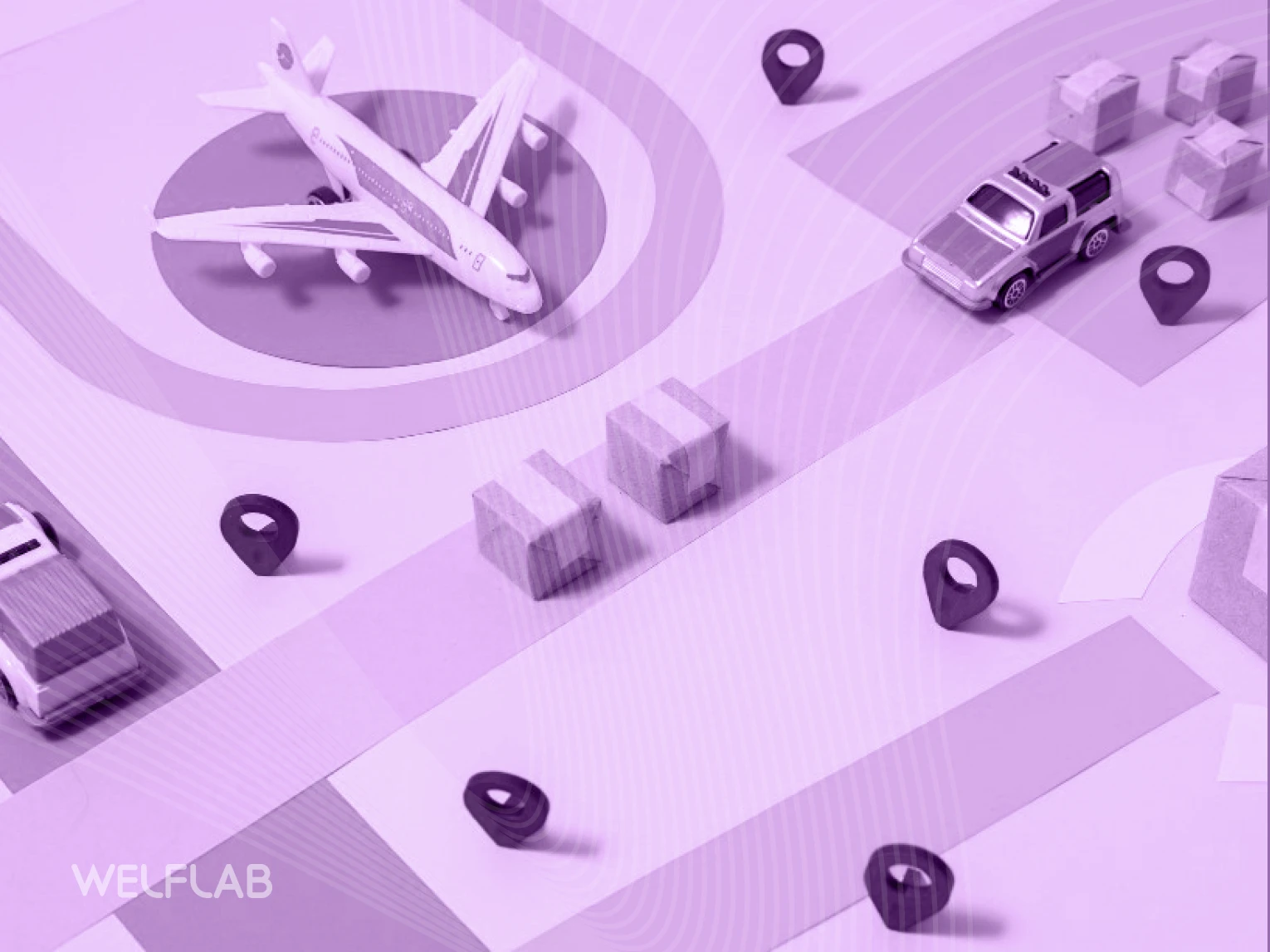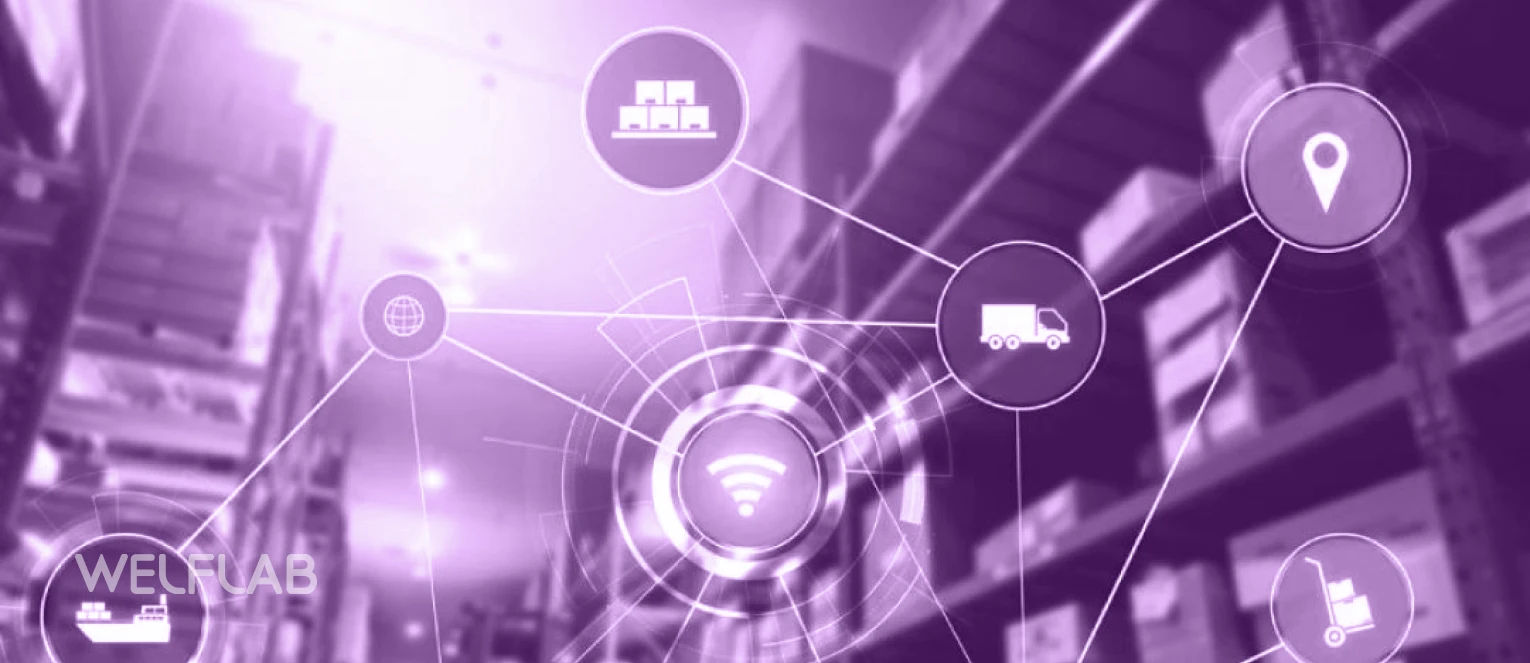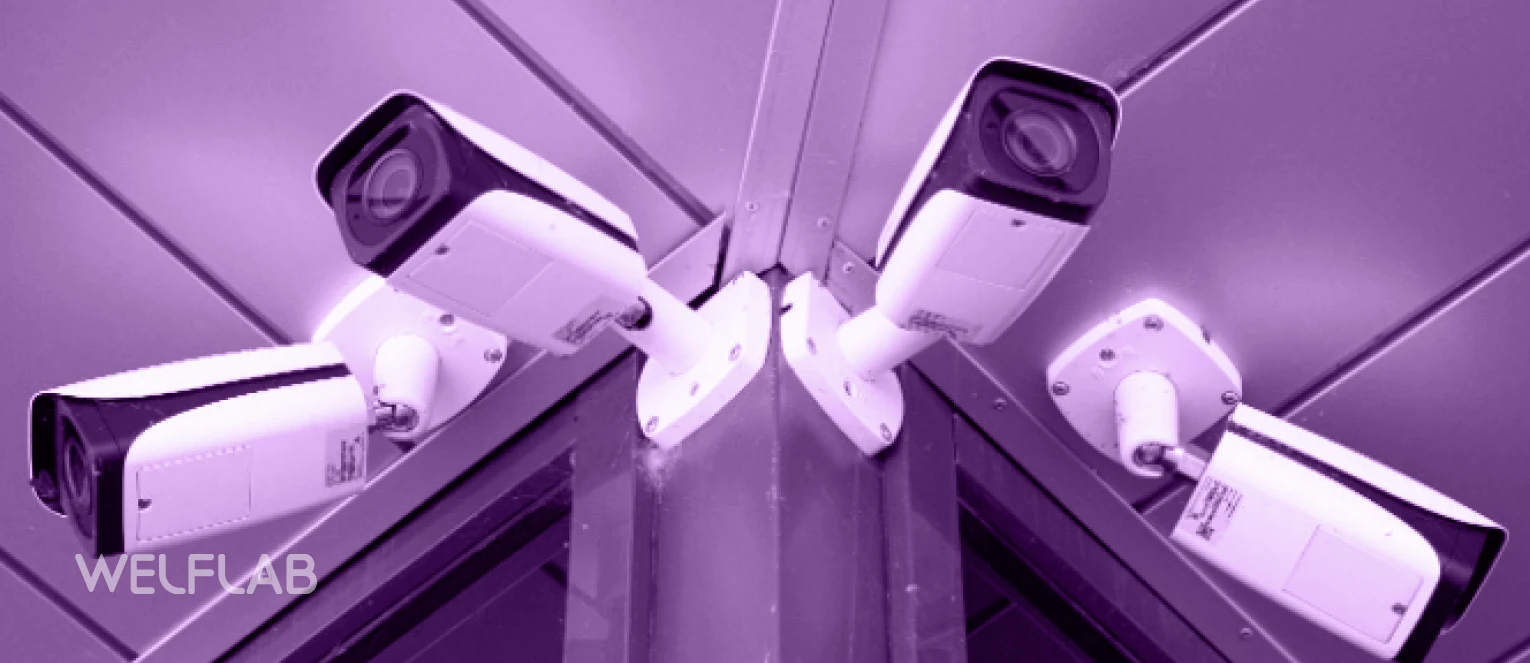in today’s intricate and interconnected business landscape, supply chain optimization has evolved from a competitive edge to a necessity. Companies must navigate a complex web of global operations while meeting the ever-evolving expectations of consumers. To succeed in this environment, businesses are turning to emerging technologies, with image and video synthesis at the forefront. Grounded in advanced computer vision and artificial intelligence, image and video synthesis are poised to redefine supply chain management. They offer an array of benefits, including enhanced visibility, predictive analytics, quality control, and collaborative potential. In this in-depth article, we explore the profound implications of image and video synthesis in the context of supply chain optimization.
The Transformative Potential of Image and Video Synthesis
Image and video synthesis represent a quantum leap in our ability to manipulate and utilize visual data. This technology involves the generation of lifelike images or videos through complex algorithms and deep learning techniques. By seamlessly blending computer-generated data with tangible real-world elements, image and video synthesis unlock a plethora of opportunities across diverse industries, including supply chain management. Here, we delve into the core aspects of how image and video synthesis are reshaping the logistics landscape:
Enhanced Visibility:
Image and video synthesis leverage cutting-edge hardware such as cameras, drones, and sensors to facilitate real-time monitoring of products, assets, and supply chain processes. This capability provides organizations with comprehensive insights into their operations, empowering them to pinpoint inefficiencies and address potential issues promptly.
Predictive Analytics Mastery:
Synthesized images and videos serve as a treasure trove of data for predictive analytics. By employing advanced machine learning models, organizations can analyze visual patterns to forecast maintenance needs, predict inventory fluctuations, and anticipate disruptions, enabling proactive decision-making.
Elevated Quality Control:
Image and video synthesis has a profound impact on quality control processes. Automated visual inspections can swiftly and accurately identify defects, inconsistencies, or anomalies in products, thereby reducing waste and ensuring consistent quality standards.
Facilitating Collaboration:
The sharing of synthesized visual data with suppliers and partners fosters enhanced collaboration and communication within the supply chain ecosystem. Stakeholders gain real-time visibility into shipment statuses, production progress, and product quality, facilitating better coordination and synchronization.
Real-World Applications
Leading companies have already embraced image and video synthesis to optimize their supply chains:
Amazon:
Amazon has integrated image synthesis into its warehouses to monitor inventory levels and streamline order fulfilment. Drones equipped with cameras capture real-time footage to assess inventory locations and conditions.
Tesla:
Tesla utilizes video synthesis for quality control in its manufacturing process. Cameras mounted on robotic arms capture images of vehicles at different production stages, enabling swift identification and resolution of defects.
DHL:
DHL harnesses image and video synthesis to enhance its logistics and transportation operations. Delivery trucks are equipped with cameras that provide live feeds, helping drivers optimize routes, minimize delays, and improve delivery accuracy.
Challenges and Considerations
While image and video synthesis hold immense promise, several challenges and considerations must be addressed:
Data Privacy: Handling visual data raises concerns about data privacy and security. Robust measures are imperative to safeguard sensitive information and comply with regulatory requirements.
Cost Implications: Implementing image and video synthesis solutions can entail substantial investments in hardware, software, and workforce training. A thorough cost-benefit analysis is essential before adoption.
Integration Complexity: Integrating image and video synthesis seamlessly into existing supply chain systems can be intricate. Selecting solutions that align with the organization’s current infrastructure is vital to maximize benefits.
Ethical Considerations: As the technology continues to evolve, ethical considerations surrounding the use of synthesized images and videos must be carefully examined. Striking the right balance between efficiency gains and ethical responsibilities is crucial.
Conclusion
Image and video synthesis are ushering in a new era of supply chain optimization. By providing enhanced visibility, predictive analytics, quality control, and collaboration capabilities, this technology empowers organizations to make informed, data-driven decisions and streamline their supply chain operations. While addressing challenges related to data privacy, costs, integration, and ethics is paramount, the potential benefits of adopting image and video synthesis in supply chain management are undeniable. Companies embracing this technology are poised to gain a competitive edge and ensure a more agile and efficient supply chain for the future.





